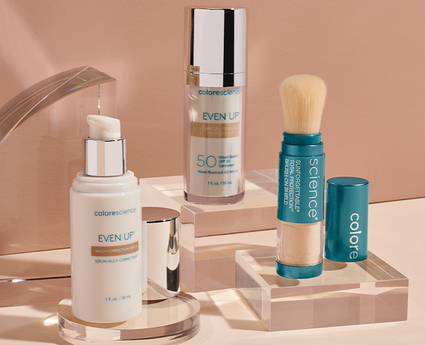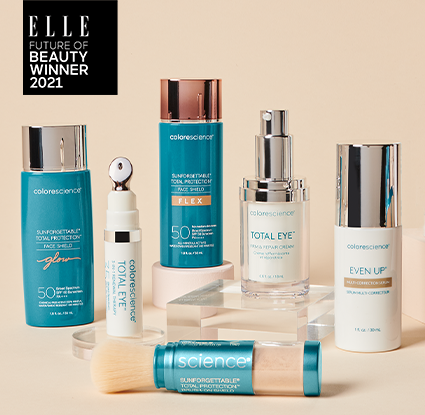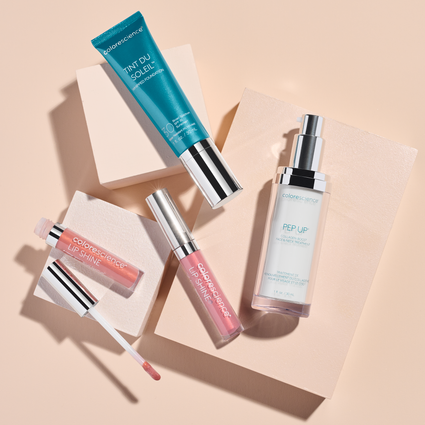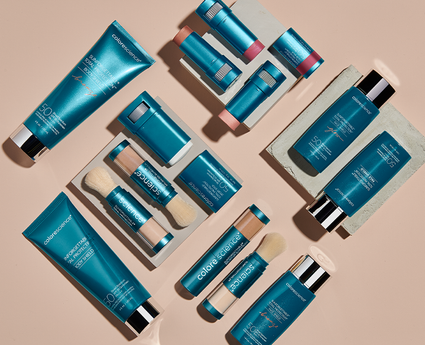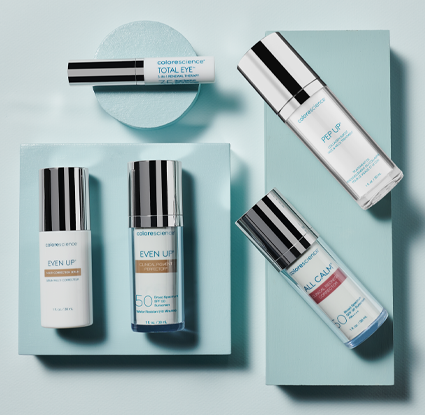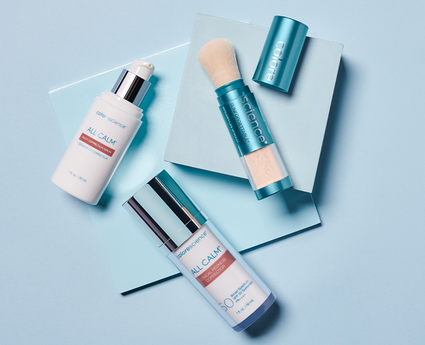How Long Does a Sunburn Last?
While spending time outdoors is a great way to spend your days, it also puts you at risk of sunburn. You can even get a sunburn in the shade. No matter how you get one, it’s never a pleasant experience to deal with afterward.
But how long does a sunburn last?
When you get a sunburn, you might not see any redness for the first two to six hours, and your sunburn might not fully develop until up to a day later. In most cases, the redness will fade over a few days.
Most sunburns start to fade within a few days. But really, it depends on how bad your sunburn is. Mild sunburns might last for a few days, while the most severe sunburns can take weeks or months to heal.
Having fun in the sun should be something you look forward to, not a painful experience. Keep reading to learn more about sunburns, how long you can expect them to last, and how to prevent them.
- How Long Do Sunburns Last?
- Healing Based on Sunburn Levels
- Sunburn Risk Factors
- How to Prevent a Sunburn
- How Do You Heal a Sunburn?
How Long Do Sunburns Last?
The answer to “how long does a sunburn last?” isn’t as straightforward as a single answer. Generally speaking, a mild sunburn lasts about three to five days.
However, for some people, it’ll be less, and for others, it will be longer. There are a variety of factors that can contribute to how long your sunburn lasts.

Healing Based on Sunburn Levels
How long does it take a sunburn to heal? It depends.
There are three general categories of sunburn levels. Mild sunburns or first-degree burns are the least harmful, while second-degree or moderate sunburns require more attention. Severe or third-degree burns require immediate medical care and have long-term impacts.
Below we’ll go into a bit more detail about the severity levels of sunburns and what you can expect.
Mild Sunburns
You can develop a mild sunburn after just a few minutes to an hour in the sun. Although you may have some discomfort, redness, and warmth in the area, it should fade within a week as your skin heals.
Moderate Sunburns
Moderate sunburns cause blisters and swelling. They are also more painful and take longer to heal than mild sunburns.
It could take up to two weeks for your skin to heal, and you may need to see your doctor to treat your skin or alleviate your discomfort.
How can you tell if you have a moderate sunburn? Your sunburned skin will likely feel painful when you touch it. Also, depending on your skin tone, you may notice that your skin is red, not pink.
Severe Sunburns
Severe sunburns require immediate medical care. Symptoms include blisters, skin discoloration, shedding, blisters, and fever. Severe sunburns can take months to recover from.
Sunburn Risk Factors
While anyone can get sunburned, there are certain risk factors that can make some individuals more susceptible than others, including:
Skin types
Do you have a lighter or darker skin tone? If you have fair skin, blue or green eyes, and red or blonde hair, you are more likely to sunburn more quickly than those with darker skin. This has to do with the amount of melanin in your skin.
Melanin is a pigment that helps protect your skin from UV radiation. Unfortunately, people with fair skin have less natural protection. Therefore, it’s important to take extra precautions, such as avoiding too much time in the sun and wearing sunscreen with a high SPF.
Other factors impacting your risk of sunburn include the following:
- Personal history of skin cancer
- Family history of skin cancer
- Irregular moles or large moles
- Freckles
- Burn first before tanning
Climate
Climate also affects whether you’re likely to get a sunburn. You may wonder which climate has the highest rates of sunburn. High altitudes and regions near the equator have higher levels of UV exposure. Therefore, you are more likely to get sunburned if you visit these locations.
Reflective surfaces that increase your likelihood of a sunburn include water and snow. Therefore, you can get a sunburn while skiing in Colorado as easily as if you go scuba diving in the tropics.
Medical Conditions & Medications
Some medical conditions put you at a greater risk of sunburn. You might want to talk to your parents and other family members about whether you have a family history of skin cancer. If you have had skin cancer in the past, a sunburn may put your health in jeopardy.
If you take medication regularly, ask your doctor if it makes you more sensitive to UV radiation. Medications may increase your risk of getting sunburned, including antifungals and antibiotics.
If you take those medications, you should avoid spending too much time in the sun and protect your skin against sunburn.
How to Prevent a Sunburn
While there are remedies for sunburns, prevention is the best strategy to avoid complications.
Sunscreen
Not wearing sunscreen? It's just a bad idea. Sunscreen can protect your skin and help prevent sun damage.
You should wear sunscreen every day—even when it’s cloudy.

Clothing
While light, flowy clothing looks great and keeps you comfortable in warm environments; it won't do much to protect you from UV radiation as well as other options. In fact, dark colors will protect your skin more effectively than light colors.
For example, a long sleeve denim shirt provides more protection than a white T-shirt.
You also want to cover as much of your skin as possible. Consider wearing a hat wide enough to shield your neck, ears, face, and head. And don't forget about your eyes. Choose sunglasses that block UVA and UVB rays.
Avoid the Sun
You may want to spend the whole day at the beach, but if you want to protect your skin, avoid the strongest UV rays between 10 a.m. and 4 p.m. The closer you get to sundown, the weaker the sun's rays become.
However, you can still get a sunburn when the sun is low in the sky. So, protect yourself no matter what time you step out during the day.
If you still happen to get a sunburn despite trying to adhere to these tips, there are ways to help your skin heal faster and feel better sooner. Ask your doctor before using any over-the-counter oral and topical sunburn medication.

How Do You Heal a Sunburn?
The best sunburn remedy depends on the severity of the burn. If you have a severe burn, seek medical attention and avoid putting anything on your skin prior to talking to your doctor. For mild to moderate sunburns, you can stay hydrated and apply topical treatments to soothe a healing sunburn.
You might be eager to figure out how to get rid of a sunburn in five minutes. However, most remedies take a bit longer.
Peeling and Swelling Remedies
If your sunburn results in red, itchy, and swollen skin, you're likely to want relief fast. As the burn heals, your skin may begin to peel. Here are a few home remedies that can alleviate you're discomfort:
- Apply cool compresses to your sunburned skin.
- Use products with aloe vera designed to cool the skin. Note that aloe vera may also help decrease swelling since it has anti-inflammatory properties.
- Avoid sunlight to prevent further damage.
Hydration
Drink up! Sunburnt skin is dehydrated. Drink as much water as you can to help your skin recover. It's especially important to keep aging skin hydrated to make it easier to heal after a sunburn.
Topical treatments
There are many examples of topical treatments that help your sunburn heal more quickly. These include hydrocortisone cream, moisturizing creams, and pain relievers you can get over the counter.
Hydrating creams soothe dry skin associated with sunburns, while hydrocortisone cream can decrease itchiness and swelling.
In some cases, you may want to ask your doctor about what pain relievers you can take to reduce your discomfort.
Protect Your Skin from Sunburn
Prevention is always the best cure when it comes to sunburns. Protect your skin by wearing protective clothing, such as hats and long-sleeved shirts, and by using sunscreen with at least SPF 30. Try Colorescience mineral sunscreen, which provides broad-spectrum protection while also nourishing your skin.

